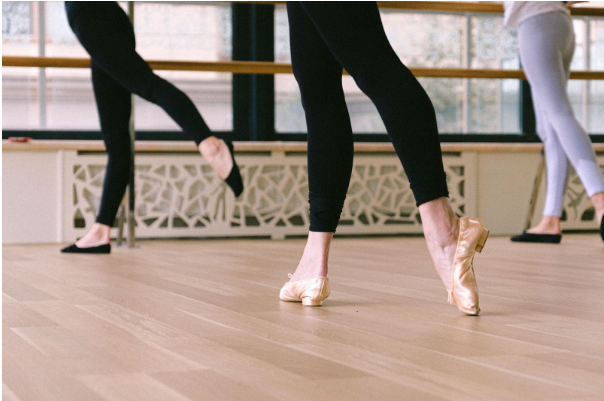Understanding How the Unique Demands of Ballet Impact the Health and Function of Ballerina Feet
Ballet is a graceful and demanding art form that places significant strain on the feet of dancers. In this article, we delve into how the unique demands of ballet impact the health and function of ballerina feet, exploring the biomechanical challenges, common injuries, and strategies for prevention and care.
Biomechanical Challenges of Ballet
Ballet requires dancers to perform intricate footwork, jumps, and turns while maintaining proper alignment and balance. The repetitive movements and weight-bearing positions place immense pressure on the feet, leading to stress on the bones, ligaments, and tendons. The constant flexing, pointing, and turnout of the feet contribute to the development of specific musculoskeletal issues unique to ballet dancers.
Common Injuries Among Ballerinas
Ballerina feet are susceptible to a range of injuries due to the rigorous demands of ballet training and performance. Common injuries include stress fractures, tendonitis, bunions, plantar fasciitis, and ankle sprains. These injuries can result from overuse, improper technique, inadequate footwear, or anatomical factors. Left untreated, they can impact a dancer’s ability to perform and lead to long-term foot and ankle problems.
Strategies for Injury Prevention
Preventing injuries among ballerinas requires a multi-faceted approach that addresses biomechanical alignment, strength, flexibility, and footwear. Techniques such as proper warm-up and cool-down routines, cross-training, stretching, and strengthening exercises targeting the intrinsic foot muscles can help improve foot function and reduce the risk of injury. Additionally, ensuring proper fitting and support in dance shoes and orthotics can provide essential support and cushioning for ballerina feet.
Care and Rehabilitation
When injuries do occur, prompt and appropriate care is essential for effective rehabilitation and recovery. Treatment may include rest, ice, compression, elevation (RICE), physical therapy, and in some cases, orthopaedic intervention. Rehabilitation programs should focus on restoring strength, flexibility, and proprioception while addressing any underlying biomechanical issues contributing to the injury.
Balancing Artistry and Health
Ballet dancers often face the challenge of balancing artistic expression with the maintenance of their physical health. The pursuit of perfection and the pressure to perform can sometimes lead dancers to push through pain or ignore early warning signs of injury. It is essential for dancers, instructors, and healthcare professionals to prioritize the health and well-being of ballerina feet, fostering a culture of injury prevention, early intervention, and proper care.
Education and Awareness
Raising awareness about the unique demands of ballet and the importance of foot health is crucial for dancers, instructors, and parents. Educational initiatives, workshops, and resources focused on injury prevention, proper technique, and foot care can empower dancers to take proactive steps to protect their feet and prolong their careers.
Footwear Selection:
Choosing appropriate dance shoes is crucial for supporting ballerina feet during training and performance. Pointe shoes, in particular, must be fitted by professionals to ensure proper support and alignment.
Postural Alignment:
Correct postural alignment is essential for reducing stress on ballerina feet. Dance instructors play a critical role in teaching dancers how to maintain proper alignment throughout their movements.
Periodization:
Implementing periodization in training programs can help prevent overuse injuries among ballerinas. This involves alternating periods of high-intensity training with periods of rest and recovery to allow the body, including the feet, to recover adequately.
Nutrition and Hydration:
Proper nutrition and hydration are essential for maintaining overall health and supporting the demands of ballet training. Adequate intake of nutrients like calcium, vitamin D, and protein can support bone health and muscle function, including those of the feet.
Mental Health Support:
Mental health support is vital for ballerinas facing the pressures of training, performance, and injury management. Providing access to mental health resources and fostering a supportive environment can help dancers navigate the psychological challenges associated with ballet and foot-related issues. Share your insights on how the unique demands of ballet impact the health and function of ballerina feet, contributing to injury prevention and overall well-being in the dance community with Write for us Health.
Conclusion:
Ballet places extraordinary demands on the feet of dancers, impacting their health and function in significant ways. By understanding the biomechanical challenges, common injuries, and strategies for prevention and care, dancers can optimize their foot health and longevity in the demanding world of ballet. Through education, awareness, and a commitment to prioritizing health, dancers can continue to pursue their passion for ballet while safeguarding the health and function of their precious feet.

